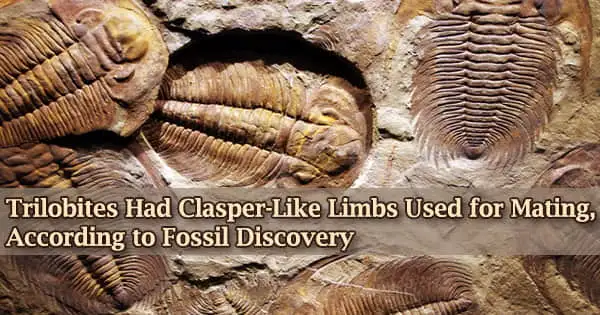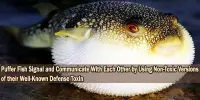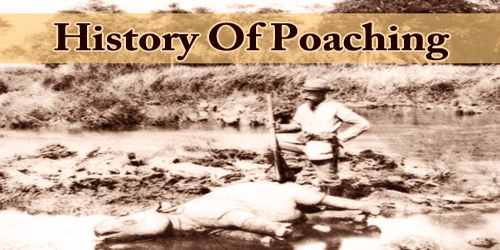A new study led by researchers from the University of Portsmouth has discovered that newly hatched juveniles of large and gigantic pterosaurs likely outcompeted other smaller adult pterosaur species to dominate the Late Cretaceous period around 100 million years ago.
Pterosaurs were dinosaurs’ flying cousins, with some as large as a Spitfire fighter plane and others as small as a thrush. Pterosaurs were only modestly sized during the Triassic and Jurassic periods, 252 to 145 million years ago, but by the Late Cretaceous period, many were giants, with a wingspan of 10 meters or more.
Previously, it was thought that newly evolving birds outcompeted smaller species of pterosaurs, but this study discovered that it was the babies of giant pterosaurs, known as flaplings, who outcompeted their small adult rivals.
Roy Smith of the University of Portsmouth’s School of Environment, Geography, and Geosciences was the study’s lead author, and he collaborated with scientists from Africa and the United Kingdom. Experts from Cape Town, Leicester, Portsmouth, and Casablanca universities comprised the international team.
We’d discovered some really big pterosaur jaws as well as specimens that appeared to be smaller jaws about the size of a fingernail but these tiny pterosaur remains could have just been the tips of big jaws, so we had to do some rigorous testing to determine whether they were from a small species or tiny juveniles of large and giant pterosaurs.
Roy Smith
“Over the last ten years or so, we’ve been doing fieldwork in Morocco’s Sahara Desert and discovered over 400 specimens of pterosaurs from the Kem Kem Group, highly fossiliferous sandstones famous worldwide for the spectacular dinosaur Spinosaurus,” he explained.
“We’d discovered some really big pterosaur jaws as well as specimens that appeared to be smaller jaws – about the size of a fingernail – but these tiny pterosaur remains could have just been the tips of big jaws, so we had to do some rigorous testing to determine whether they were from a small species or tiny juveniles of large and giant pterosaurs.”
Roy and his colleagues used sophisticated microscope techniques to examine five small jaw fragments and a neck vertebra to determine the age of the individual when the animal died. Anusuya Chinsamy-Turan, a co-investigator from the South Africa’s University of Cape Town, is a world expert on the bone microstructure (histology) of pterosaurs and dinosaurs. “By looking at a paper-thin section of the bones under a microscope, I could tell they were from juveniles because the bone was fast-growing and didn’t have many growth lines,” she explained.
“We also looked at the surface of the bones and discovered that it had a rippled texture. This provided additional evidence that they were immature pterosaur bones, as mature pterosaur bones have an incredibly smooth surface once fully formed.”

The researchers also examined the jaws and discovered that the number of tiny holes where nerves come to the surface to sense their prey, known as ‘foramina,’ in the small and large jaws was the same.
“This was more evidence that we were looking at juvenile jaws because if the specimens were just the tip of a jaw, there would be a fraction of the number of foramina,” Roy explained. Recent research suggests that hatchling pterosaurs could fly soon after hatching, allowing them to become self-sufficient.
“What really surprised me about this research is that the feeding ecology of these magnificent flying animals is more like that of crocodiles than that of birds,” said Professor David Martill of the University of Portsmouth.
“For a large European river, expect to see 10 different species of birds of various sizes along the bank, such as kingfishers, little bitterns, little egrets, herons, goliath herons, and storks. There are several species, each of which feeds on slightly different prey. This is known as niche partitioning. Crocodiles, on the other hand, have a much narrower range. Hatchling crocodiles on the Nile feed on insects, and as they grow, their diet shifts to small fish, then larger fish, and finally small mammals, until a large adult Nile croc can swallow a zebra.”
“There are many different feeding niches, but they are all occupied by one species at different stages of its life history. It appears that pterosaurs did something similar, occupying different niches as they grew – a much more reptilian rather than avian life strategy. The juvenile pterosaurs were most likely feeding on small prey like freshwater insects, tiny fish, and amphibians. As they grew, they could take larger fish, and who knows, the largest pterosaurs might have been capable of eating small dinosaur species or the young of large dinosaur species.”
















